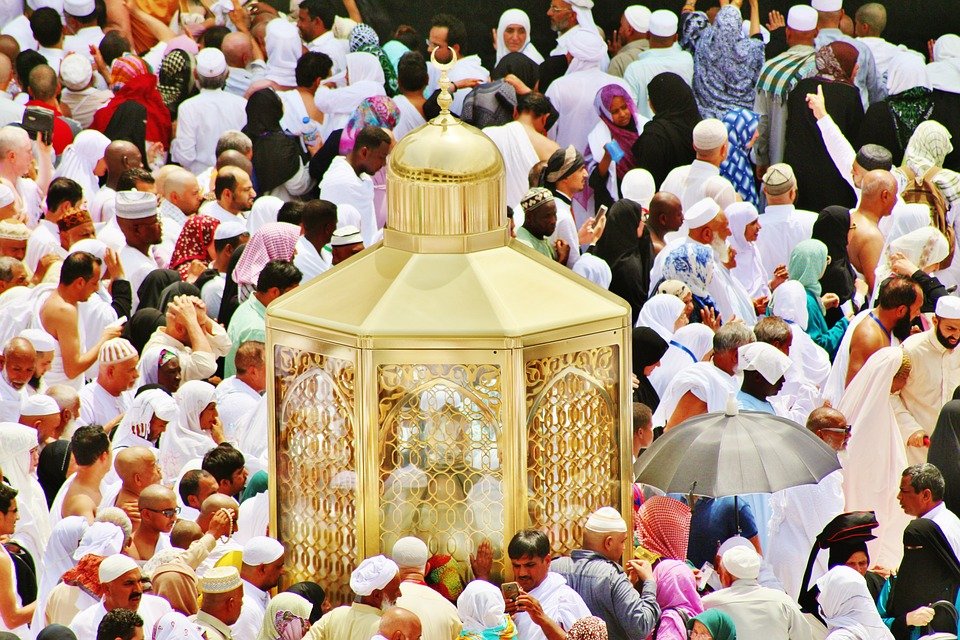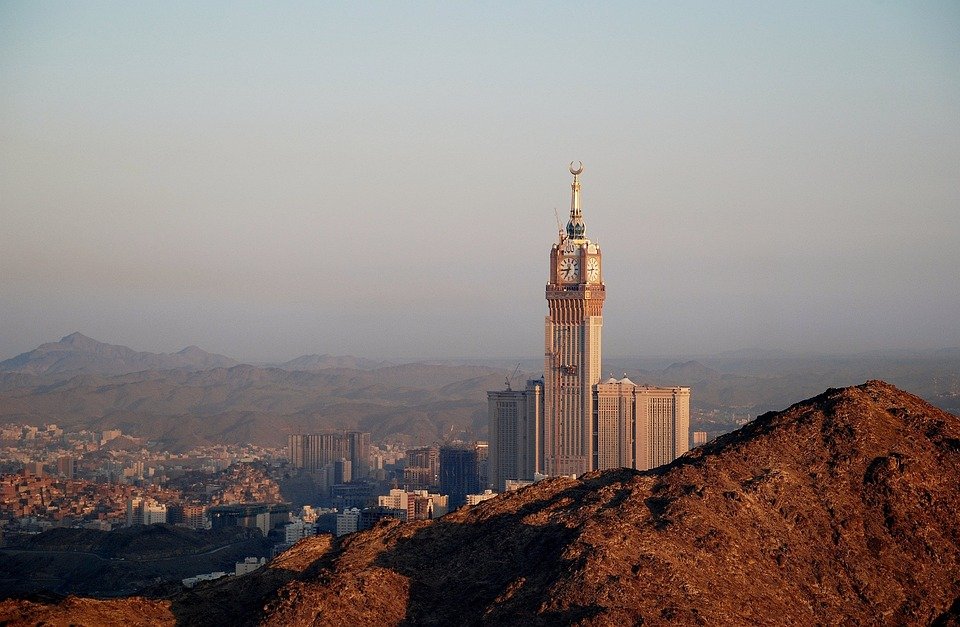You are here to read: What Do Muslims Do in Mecca on Hajj: Rituals and Significance – A Thoughtfully Written Guide Offering Spiritual Wisdom and Travel Advice for Every Pilgrim who is going on holy journey of Hajj or Umrah.
In this article, we explore “what do Muslims do in Mecca on Hajj.” Every year, millions of Muslims gather in Mecca to partake in Hajj, an essential pilgrimage that holds deep spiritual significance. During this sacred time, pilgrims engage in a series of rituals designed to strengthen their faith and connect them more closely with their beliefs. From standing at the plain of Arafat to circling the Kaaba, each act serves a purpose that enriches the experience of Hajj. I promise that you will find a comprehensive guide here that unpacks these rituals and their meanings, ensuring that you clearly understand what do Muslims do in Mecca on Hajj.
Understanding “what do Muslims do in Mecca on Hajj” is not just about the rituals; it’s also about the profound importance they hold. Hajj is one of the Five Pillars of Islam and is a powerful expression of faith, unity, and devotion. I feel that recognizing the significance of these rituals helps us appreciate the spiritual journey that each pilgrim undertakes. With over nine years of experience in the Umrah and Makkah travel industry, our team at Airlinkhajjandumrah.com brings you well-researched insights into each aspect of Hajj. We aim to provide you with the essential knowledge to grasp the importance and essence of these rituals, making your experience or understanding even more meaningful.
What Do Muslims Do in Mecca on Hajj: Rituals and Significance
Understanding Hajj
Hajj is one of the most important events in the Islamic calendar. Every year, millions of Muslims make their way to Mecca, a city in Saudi Arabia, to perform the Hajj pilgrimage. This significant journey usually takes place during the Islamic month of Dhu al-Hijjah. For Muslims, Hajj represents both a physical and spiritual endeavor. It is a time for reflection, devotion, and community.
The significance of Hajj goes beyond just the rituals performed. It symbolizes unity among Muslims from various backgrounds and cultures. Everyone, regardless of their nationality or economic status, wears similar garments. This dress, called Ihram, consists of two white sheets for men and modest clothing for women. Wearing these garments reminds everyone that in the eyes of God, all are equal. It helps create an atmosphere of humility and sincerity.
The First Ritual: Tawaf
One of the first rituals during Hajj is Tawaf, which involves circling the Kaaba seven times. The Kaaba is a black cube-shaped structure in the center of the Masjid al-Haram mosque. Muslims believe it was built by the Prophet Ibrahim (Abraham) and his son Ismail (Ishmael). While performing Tawaf, they often raise their hands and say "Allahu Akbar," which means "God is the Greatest."
This act of circling the Kaaba signifies putting God at the center of one’s life. It offers spiritual supplication—a chance to pray for personal desires while reflecting on one’s place in the world. Many find this ritual incredibly exhilarating, feeling a sense of closeness to God and unity with fellow pilgrims. When performed in a large crowd, it becomes even more overwhelming as you hear diverse tongues united in worship.
Standing at Arafat
A pivotal moment during Hajj occurs on the Day of Arafah, when pilgrims gather at the plain of Arafat. This is a day dedicated to prayer and reflection. Muslims believe that standing at Arafat is the highlight of Hajj, where personal prayers are especially powerful. People from all over the world, young and old, stand in prayer, often lifting their hands to the heavens.
You're at the middle of this awesome post at AirlinkHajjandUmrah.com through: What Do Muslims Do in Mecca on Hajj: Rituals and Significance. Keep reading, it gets better!
This day is about asking for forgiveness and renewal. Many pilgrims report feeling a deep sense of peace and connection while standing there. It is a moment to reflect on past mistakes, express gratitude, and seek guidance for the future. In my opinion, this experience creates an atmosphere filled with hope and camaraderie as people come together in devotion.
The Significance of Eid al-Adha
Following the Day of Arafah comes Eid al-Adha, also known as the Festival of Sacrifice. This joyous festival is celebrated by Muslims worldwide. In Mecca, pilgrims participate in the act of Qurbani, or sacrificing an animal, usually a sheep, goat, or cow. This moment signifies obedience to God, similar to the story of Prophet Ibrahim, who was willing to sacrifice his son.
The meat from the sacrificed animal is also distributed to those in need. This gesture shows the spirit of sharing and compassion, reinforcing the importance of community. Families and friends often gather to share meals, tying them closer together. In my view, this act of giving strengthens bonds within society, emphasizing the necessity of caring for one another.
Walking Between Safa and Marwah
Another important ritual is Sa’i, which involves walking between two hills, Safa and Marwah. This reenacts the desperate search for water made by Hagar, the wife of Prophet Ibrahim, for her son Ismail. Pilgrims walk back and forth seven times, reflecting on the strength of faith and reliance on God.
This aspect of Hajj reminds us to trust God during challenging times. Many pilgrims express feelings of gratitude after completing Sa’i, as they realize how far they have come in life. It’s a heartfelt moment that offers lessons in perseverance and hope. Alongside the other rituals, Sa’i reinforces the importance of resilience in faith.
The Final Days of Hajj
As the Hajj rituals come to a close, pilgrims perform Tawaf al-Ifadah, another round of circling the Kaaba. This symbolizes the completion of their pilgrimage. After completing this important act, pilgrims often return to the Mina Valley for days of reflection. They spend time praying, resting, and reflecting on their experiences.
Even though the pilgrimage is winding down, the feelings of unity and faith remain strong. Many pilgrims express that they carry the spiritual essence of Hajj with them long after the journey ends. It’s a transformative experience that reshapes perspectives, deepens faith, and builds connections.
Reflections on Hajj’s Importance
The rituals of Hajj hold immense significance for Muslims around the globe. They teach valuable lessons about humility, the importance of community, and reliance on God. Every ritual, from Tawaf to the Day of Arafah, contributes to a rich tapestry of faith and spirituality.
Sharing these experiences adds to the collective memory of faith. In my opinion, participating in Hajj is like stepping into a living history where the essence of unity and worship thrives. It’s a powerful reminder of what it means to be part of a global community of believers. As they return home, most pilgrims emerge enriched in faith and determined to carry their experiences into everyday life.
That wraps up What Do Muslims Do in Mecca on Hajj: Rituals and Significance. Thanks for sticking with us till here! Share this: What Do Muslims Do in Mecca on Hajj: Rituals and Significance with your friends.
Check our homepage at Air Link Hajj & Umrah for more awesome updates.
Some interesting posts are: 1: Umrah Mubarak, 2: When is Umrah closed 2026?, 3: When does Umrah start after Hajj 2026?
Mushu, an experienced Saudi Arabia traveler and writer, shares insightful tips and spiritual reflections to enhance Hajj and Umrah journeys for fellow pilgrims. He has been to Makkah and Madina from 2016 to 2023 many times and his posts will reflect this.







